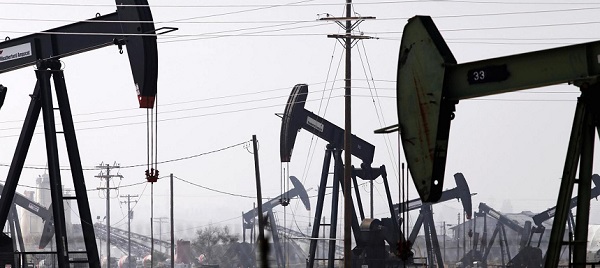Many investors fear instability and volatility. Alas, those words characterize the United States market right now. Oil prices are at an all-time low, having fallen nearly 60 percent since June 2014. The upheaval in the commodity sector, in conjunction with global market shifts, is significantly affecting investor confidence in the solar sector. The argument? With dropping oil prices, renewables are a less attractive investment. But how accurate is this oversimplification?
Not at all.
Market fluctuations in any commodity can ripple out to the solar sector. Yieldco stocks have plummeted, even though oil and solar do not compete in the same market. Oil is primarily used as a transportation fuel, a heating fuel, and as a feedstock to make chemicals.
Photovoltaic (PV) solar is used to generate electricity, where oil barely registers: according to EIA, petroleum made just one percent of U.S. electricity generation in 2014, the rest consisting of renewables, coal and natural gas. Even when it comes to that one percent, oil is simply not as cost-effective as a source of electricity generation. Deutsche Bank estimates that even with oil at $50/barrel, the fuel cost to produce electricity is over 9 cents per kilowatt hour (kWh). Compare that to solar, which averages just 5 cents per kWh. It’s a no-brainer. Solar is resilient against oil because they are simply not comparable.
If oil and solar are not competitors, how can low oil prices affect investor confidence in segments such as commercial solar?
One reason, of course, is that the oil price reflects global market shifts that are affecting investors across varying industries.
China’s underperforming domestic market resulted in the devaluing of the yuan, affecting stock markets worldwide. In the United States, a volatile market is likely to slow the gradual increase in Federal Reserve interest rates, after recently being raised for the first time in 11 years. The uncertainty of federal rates may affect yield returns and investor confidence.
Or, one might assume that all solar investing is homogenous. In actuality, the types of investments across the sector vary greatly. Investing in a solar stock is very different from investing in a commercial project for the roof of a Walmart; a crowd-funded residential installation is an entirely different opportunity to utility-scale deployment.
It is this nuance that should redefine the conversation entirely.
Commercial solar investments can be low risk and stable over a long period of time, as they are not market-correlated. Once installed, a solar PV facility can reliably generate electricity for up to 30 years with relatively minimal additional investment costs.
This enables the owner to offer electricity at a fixed price over the life of the facility, benefiting both the owner and the electricity consumer. When you add in the possibility of a credit-worthy entity (such as a Fortune 500 company, a school, or a municipality) buying the power on a long-term, contracted basis, the credit underwriting becomes much simpler and more attractive.
Non-residential solar stands out, therefore, as being able to offer de-risked, long-term, predictable cash flows.
So for a long-term investor looking for attractive, risk-adjusted returns on a non-market correlated basis, solar is fast emerging as an attractive investment asset class.
There are, of course, market factors that do affect commercial solar, but a low oil price is not one of them. Commercial solar faces challenges such as a widely fragmented marketplace. Project size and type varies significantly, which results in lack of predictability for lenders and leads to high transaction costs, as due diligence is costly.
High transaction costs can limit access to capital, a deterrent in the growth of the commercial sector. While these are legitimate concerns, advancements made to increase standardization, automation and access to capital will help commercial solar meet its full potential.
And the potential is huge. In the northeastern United States alone, there is estimated to be $67.5 billion worth of rooftop project development opportunities to host mid-size solar installations, a large scale market opportunity to provide long term yields to knowledgeable investors.
The informed investor knows that variations in the price of oil have very little bearing on the resilience and attractiveness of solar power, both in the long-term, as well as the near future. With recent technological and financial innovations, commercial solar is starting to thrive. Hard costs have decreased by 60 percent since 2011, according to Deutsche Bank, and are estimated to fall another 30-40 percent in the coming years.
When looking at long-term investments that are not tied to dividends and stock, solar is entirely separate from the oil conundrum. Solar assets last over 20 years, separating temporary market changes from yields. Commercial solar offers a stable, long-term, fixed income to investors, and it will continue to be a compelling investment insulated from the more alarming fluctuations of legacy energy production.















Comments